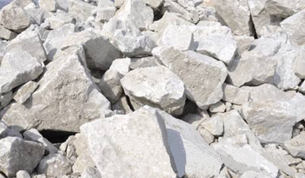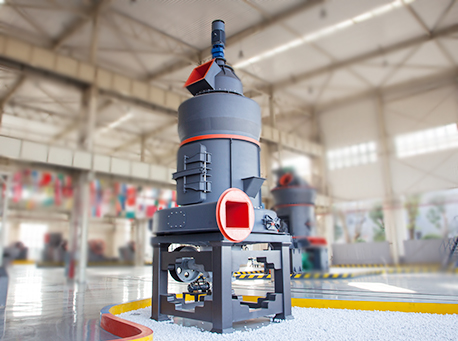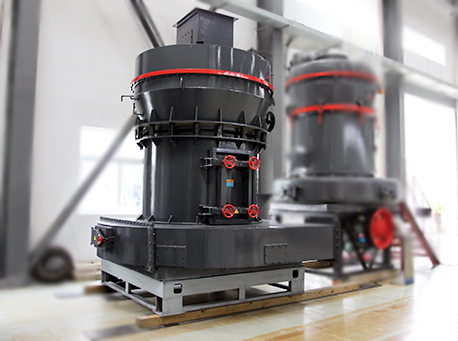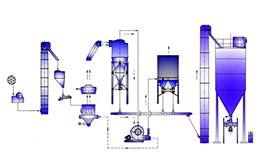
Feldspar
Feldspar is the most important rock-forming mineral of surface rocks. Feldspar is a general term for the feldspar minerals. It is a common class of aluminosilicate-based rock minerals containing calcium, sodium and potassium.
Feldspar is an aluminosilicate mineral containing calcium, sodium and potassium. It has many kinds, such as albite, anorthite, celsian feldspar, feldspar feldspar, micro plagioclase, feldspar, and feldspar. They all have a glassy finish and a wide range of colors. There are colorless, white, yellow, pink, green, gray, black and so on. Some are transparent and some are translucent. The feldspar itself should be colorless and transparent, and it is colored or not completely transparent because it contains other impurities. Some are in the form of blocks, some are plate-shaped, some are column-shaped or needle-shaped.
The feldspar rich in potassium or sodium is mainly used in the ceramic industry, the glass industry and the enamel industry. Feldspar containing rare elements such as strontium and barium can be used as mineral raw materials for extracting these elements. Beautiful feldspar can be used as decorative stone and inferior gemstone.
The proportion of feldspar in the earth's crust is as high as 60%, which can occur in igneous rocks, metamorphic rocks and sedimentary rocks. Feldspar is the main mineral component of almost all igneous rocks and is important for the classification of rocks. Another drug of the same name.







